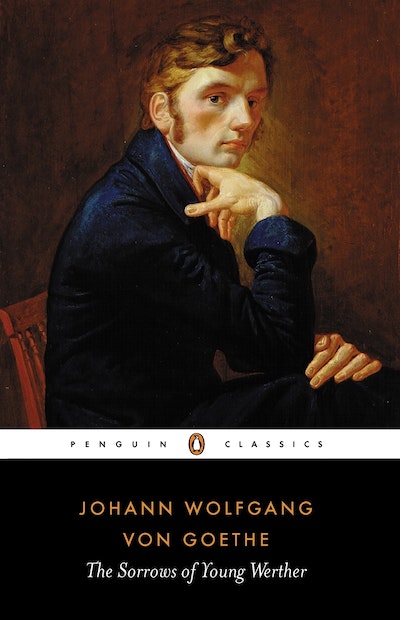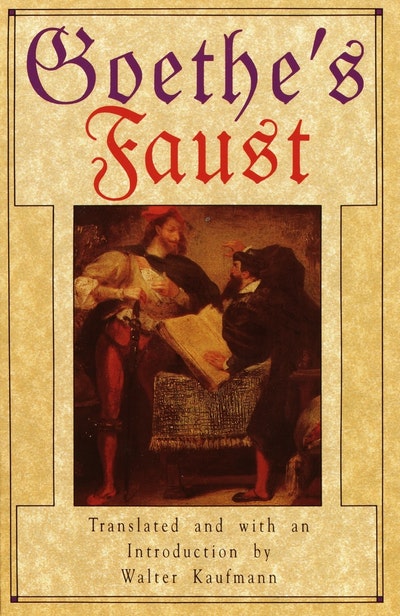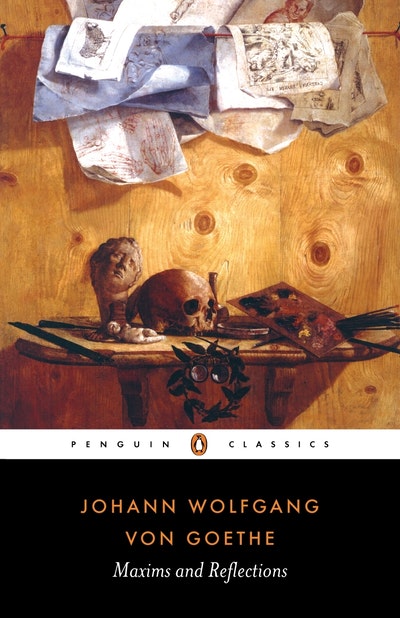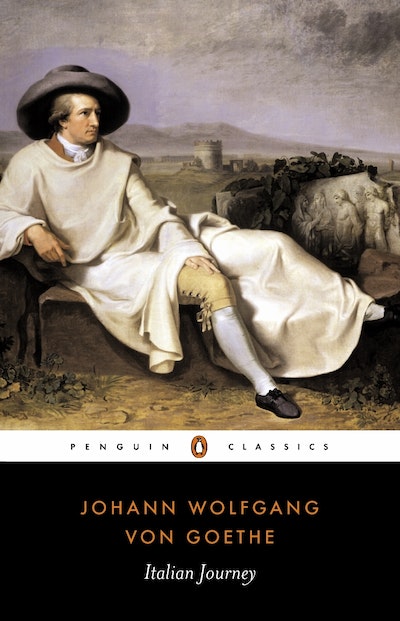- Published: 10 September 2024
- ISBN: 9780262551021
- Imprint: MIT Press
- Format: Paperback
- Pages: 156
- RRP: $55.00
The Metamorphosis of Plants
- Published: 10 September 2024
- ISBN: 9780262551021
- Imprint: MIT Press
- Format: Paperback
- Pages: 156
- RRP: $55.00
"Goethe would be delighted with this edition of The Metamorphosis of Plants. It does what he hoped would eventually become possible and provides pictures situated in the text of all the plants to which he refers, so that we can see for ourselves the specific points to which he is drawing our attention. Reading it, I felt that here at last is the complete book, compared to which all previous publications of it seem like only a skeleton. Thanks to Gordon Miller's wonderful photography and careful selection of images, as well as his perceptive introduction, we can now all appreciate the extraordinary nature of Goethe's achievement. We can only be astonished at the detailed and painstaking observational work, together with the overall vision of the idea of metamorphosis, which biology today recognizes as the truth of the plant. This welcome edition makes Goethe's work more widely available than ever before, both for those who have not yet had the opportunity to read it, and for those who have read it, to read it again as if for the first time."
--Henri Bortoft, author of The Wholeness of Nature and Goethe's Scientific Consciousness







